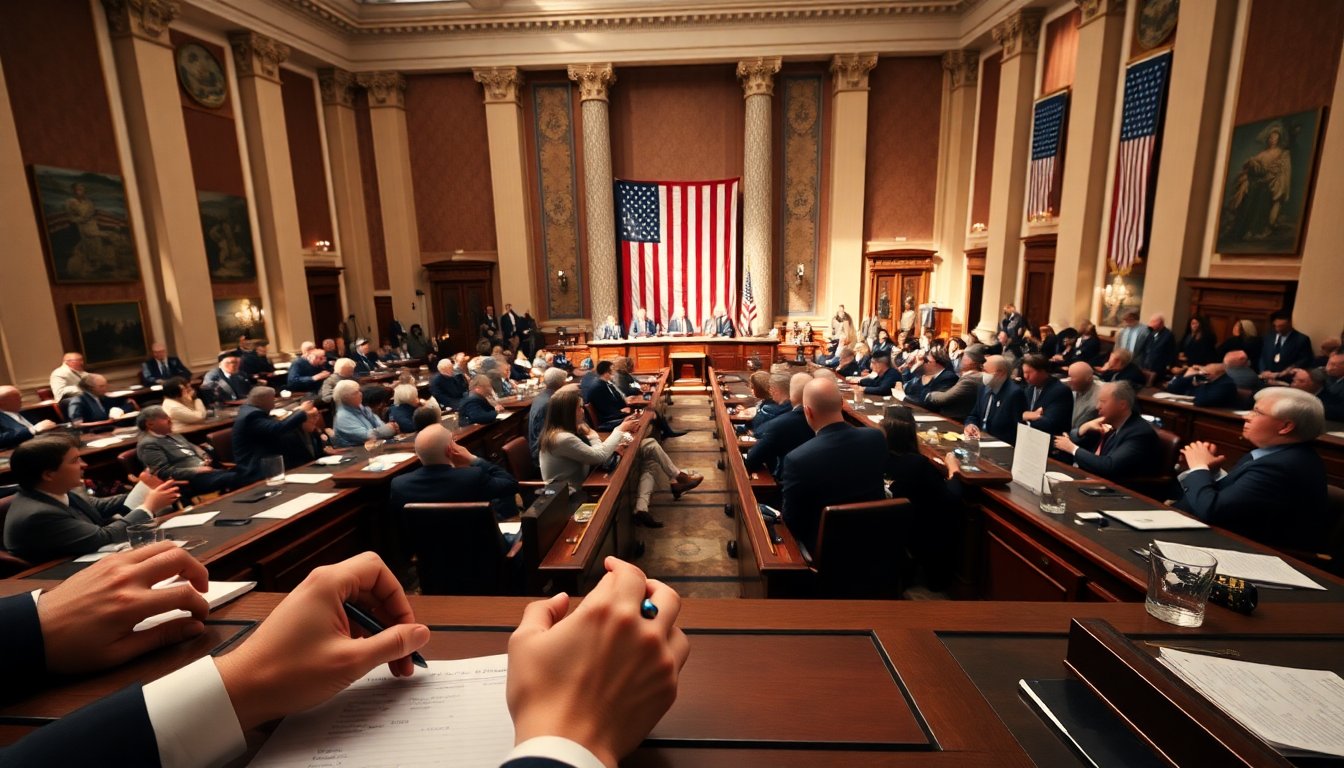Table of Contents
In a notable political development, Congress officially recognized Donald J. Trump’s victory in an event characterized by remarkable efficiency and calm. This session, led by Vice President Kamala Harris, contrasted sharply with the chaotic circumstances of similar events four years earlier. Such a peaceful transition is significant in American politics, where the certification process can often be contentious.
Historical context of electoral certifications
Certifying election results is a crucial element of the democratic framework in the United States. Each election cycle, Congress meets to formally acknowledge the outcome of the electoral votes, a procedure that emphasizes the integrity of the electoral process. This certification is not merely a formality; it carries substantial implications for the legitimacy and acceptance of elected officials.
The contrast with previous years
Four years ago, the atmosphere surrounding the certification process was notably different. The aftermath of the 2020 election was filled with disputes and allegations of fraud, resulting in a chaotic session marked by protests and discord. In contrast, the recent session displayed a calm demeanor and a strong commitment to uphold the democratic process. Members of Congress, irrespective of their political affiliations, presented a unified front in acknowledging Trump’s victory, indicating a return to a more traditional approach.
The role of the Vice President in certification
Vice President Kamala Harris played a crucial role in the certification process. As the presiding officer, her duties included overseeing the proceedings and ensuring adherence to established protocols. Harris’s presence not only represented the continuity of democratic traditions but also underscored the significance of leadership during critical moments in political history. By maintaining decorum, she fostered a smoother session, setting a constructive tone for the proceedings.
Implications of a peaceful certification
The peaceful certification of Trump’s victory conveys important messages to both the American public and the international community. It highlights the resilience of democratic principles, demonstrating that the system can function effectively despite previous challenges. Furthermore, it reassures citizens that power transitions can occur without major unrest, enhancing public confidence in governmental processes.
The future for Trump and the nation
As Trump prepares to take office once more, attention turns to the policies and governance strategies he plans to implement. There is considerable anticipation regarding how his administration will tackle key issues such as economic recovery, healthcare reform, and foreign relations. Both critics and supporters are keen to observe whether Trump will continue his previous approach or adopt new strategies in light of the changing political landscape.
The recent election certification process has established a precedent for how future elections may be conducted. With an increased focus on ensuring a peaceful transition, officials may prioritize bipartisan cooperation in electoral processes to uphold the democratic principles that are foundational to the nation.
The certification of Donald Trump’s victory by Congress represents a significant turning point in American politics. This session’s calm demeanor stands in stark contrast to the turmoil of prior years, suggesting a potential shift towards a more stable political landscape. As the nation progresses, it is essential for all parties involved to engage in constructive dialogue and collaborate effectively to confront the challenges ahead.


